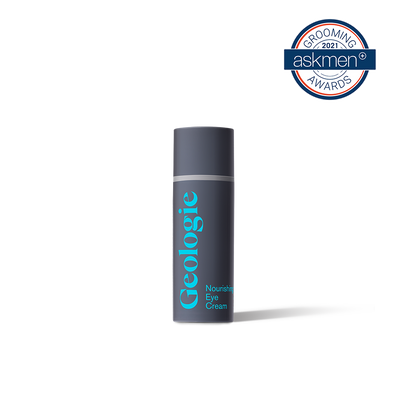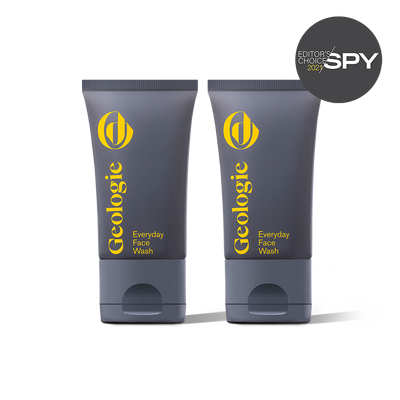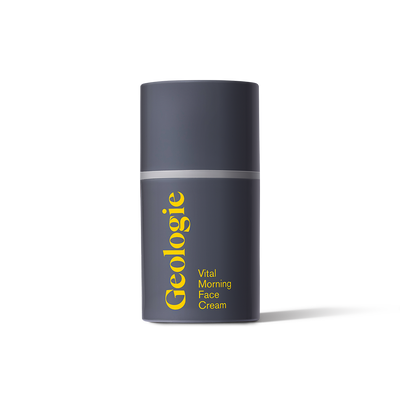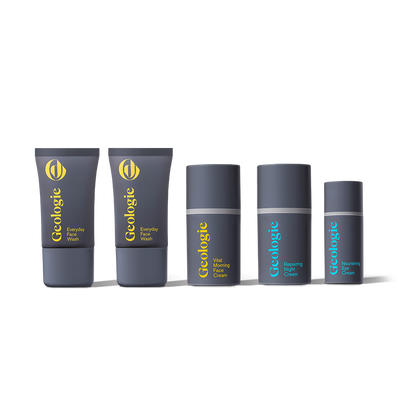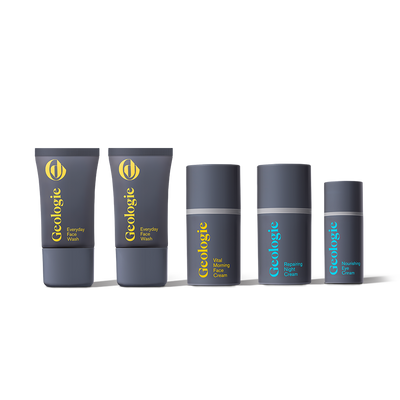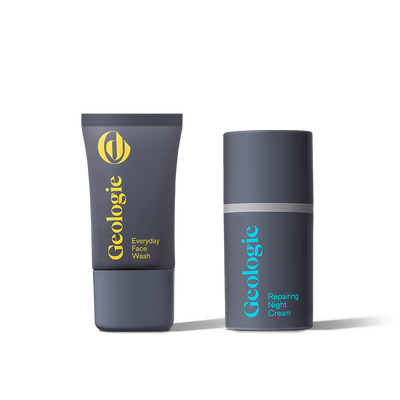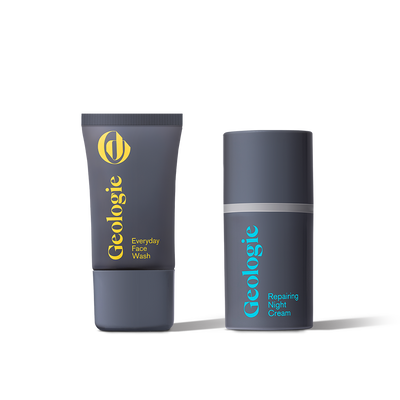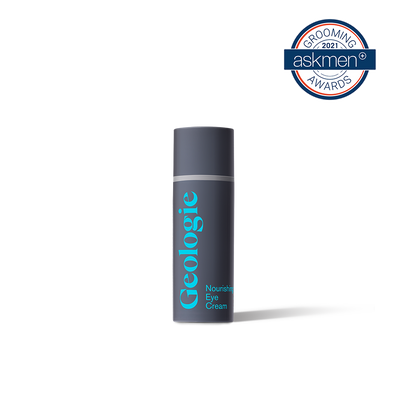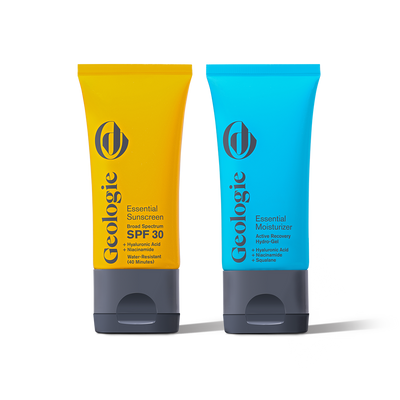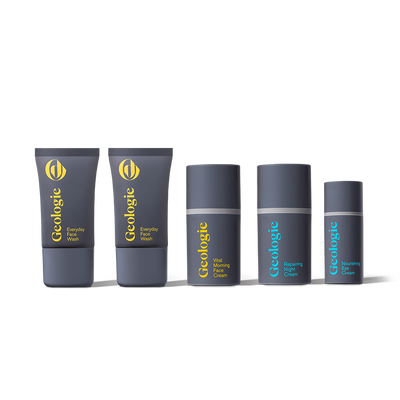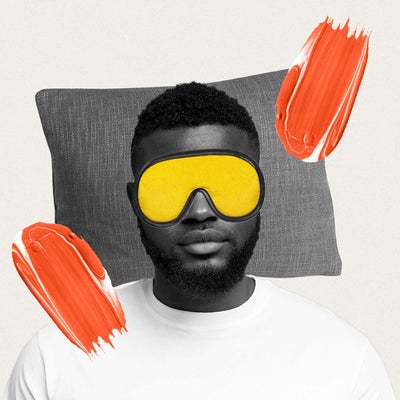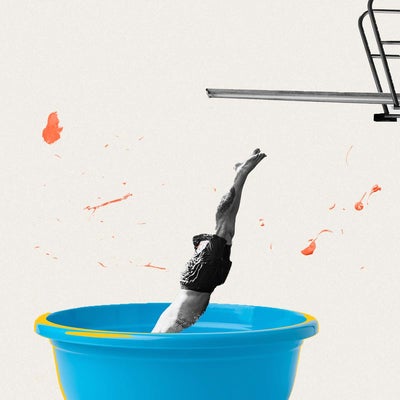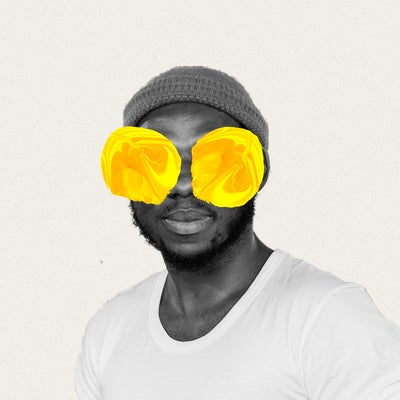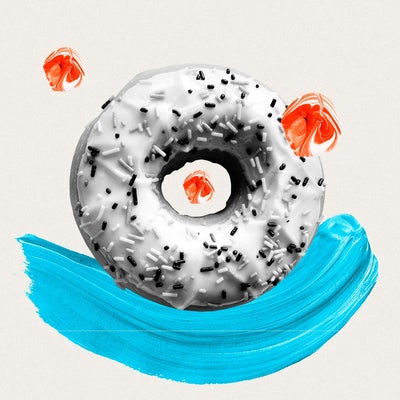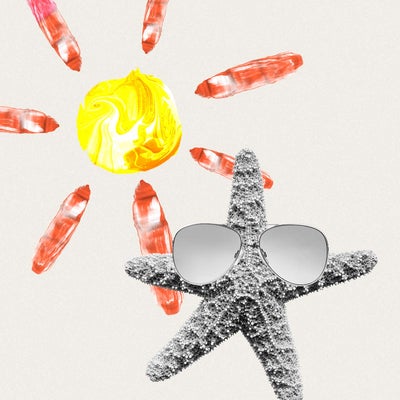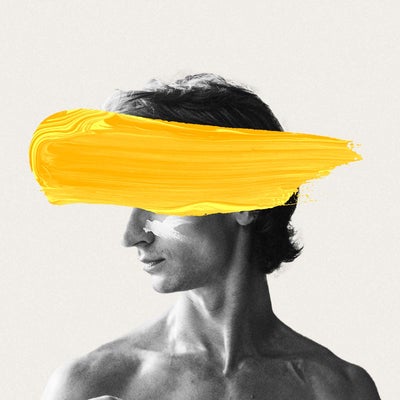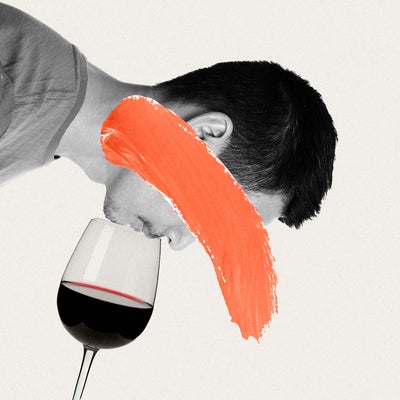
Sun Damage Will Make You Look like an Old Saddlebag
In this article you’ll learn:
- Why the sun is awesome, and why the sun is bad
- How the sun can make you look like old leather
- The difference between “unaware” and “sun aware”
- The #1 strategy to prevent sun aging
The sun makes life on Earth possible — without it, George Harrison probably would not have written “Here Comes the Sun.”
But it’s also hell for your skin.
It’s a heck of a conundrum. This nearly perfect sphere of hot plasma releases life-supporting energy as heat and infrared radiation — a.k.a. UVA and UVB rays — but they can run roughshod over your skin and give you that old saddlebag look. Signs of sun damage include:
- Wrinkles
- A suntan or sunburn
- Rough, scaly patches of skin or raised bumps (actinic keratoses)
- Age spots or liver spots (discolored areas that look like freckles)
- Moles
- Red blotches or bumps on your face (rosacea)
- A reddish-brown color on your neck that may include burning and itching
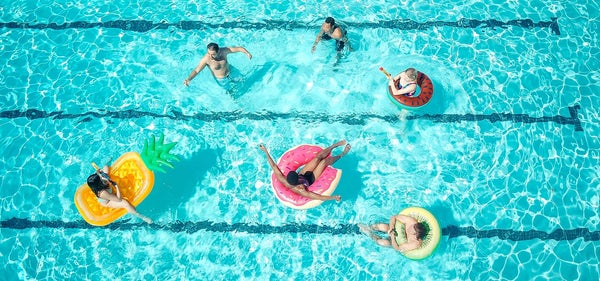
How the sun causes UV damage to skin
The damage caused by ultraviolet radiation is both immediate and long lasting. While UVB rays are the main culprit behind sunburn (short term), the long-term threat comes from UVA rays, which can actually alter your skin’s DNA and break down connective tissue — the collagen and elastin fibers — deep in your dermis.
The UVA rays trigger an increase in the production of an enzyme that rebuilds damaged collagen. But because the skin’s DNA has been affected, the enzyme malfunctions and incorrectly rebuilds the skin. The result is solar elastosis (wrinkles and saggy skin), an increase in the risk of skin cancer, and people mistaking you for a leather recliner that’s escaped from a furniture consignment store.
Preventing sun aging
You can get control of your skin’s response to the sun by developing “sun awareness” — an understanding of when you need to protect yourself, as in the following:
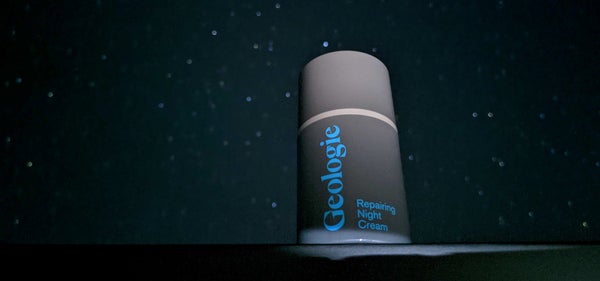
Take cover under clouds — not! Thick clouds can block most UV radiation, but thin clouds will allow UV rays to slip through. Beware fluffy, fair-weather clouds — they’re deceiving because they reflect UV rays and can increase the amount of radiation reaching your skin.
What’s the surface? The surface of the Earth around you can reflect UV radiation. Do you like skiing? Snow reflects up to 80% of UV radiation (we call it slalom-burn). Beach volleyball? Sand reflects 15% (quite a spike), while water reflects 10%. Dry land reflects only about 4% of UV radiation.
Season: The UV Index is highest in spring and summer. Duh.
Altitude: Our first line of defense against UV radiation is the atmosphere — the ozone layer and water vapor absorb some of the UV rays. But at higher altitudes the air is thinner, more porous, which allows excess UV radiation to pass through. Ask any serious mountain climber and they’ll tell you that with every gain of 3,280 feet, the level of UV radiation increases by approximately 12%.
Sunscreen: The #1 anti-aging strategy
Fortunately, there's sunscreen, like our SPF30+ — which also has a moisturizer. “There’s really no reason for sun aging,” says Dr. Steve. “If you protect yourself, you can prevent more than 90% of UV damage to your skin.”
If you’re already experiencing signs of sun aging, there are products designed to help correct UV damage to the skin. Retinol, an anti-aging hero found in our night cream, will boost cell turnover and support collagen production to create a healthy and youthful appearance.
Reach out when you’re ready to protect your skin or get you some handsome.

